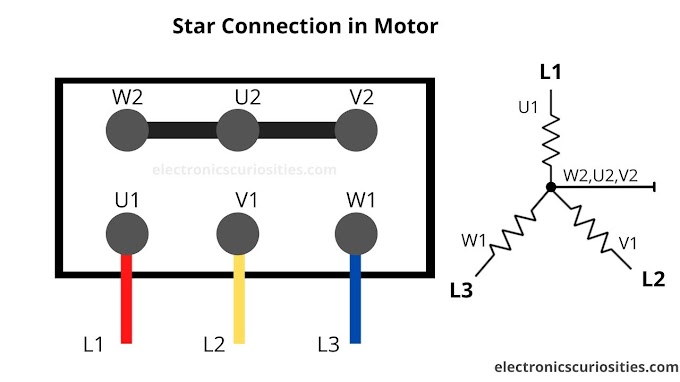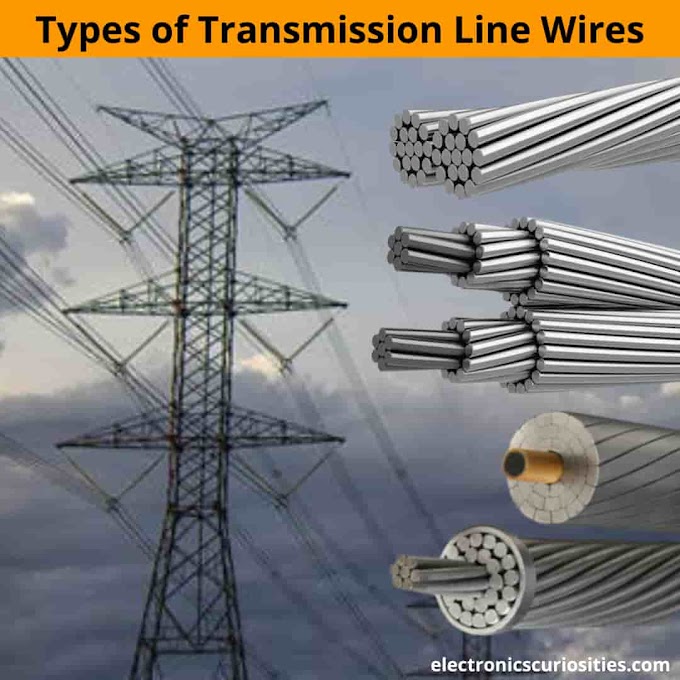What is Solar Panel
What is solar panel?
A Solar panel is made by connecting several small solar cells, that panel is called a solar panel.
 |
| solar cell |
This solar cell takes the energy from the sun and converts that energy into electrical energy.
How do solar cells work?
Solar cells are made of silicon. Silicon is a semiconductor. Semiconductors are materials that have a conductivity between conductors and non-conductors or insulators such as most ceramics.
The sun emits small amounts of energy called photons, which travel around the earth. When photons attack a solar cell, they strike the electrons loosely at their atoms. When conductors are attached to the positive and negative sides of the cell, it forms an electrical circuit. When electrons flow through the circuit, they produce electricity.
Solar panels generate direct current (DC), a region in which electrons flow in one direction similar to a lightbulb-powered battery.
The electricity we use from the grid today, including our lamps, appliances, and devices uses current-generating AC electricity. With AC power, electricity bills can travel in different directions.
Thomas Edison developed DC electricity, which was common in the United States until the 1880s. Nikola Tesla believes that AC is a better solution because it can be easily converted into separate lines, making it easier to transport long distances.
An inverter is needed to convert electricity generated by solar panels from DC to AC. The AC is currently powered by an electrical panel, which can be used directly by a house or business, connected to a battery on-site, and/or connected to an electrical grid.
How solar cells or photovoltaic cells produce electricity?
 |
| Solar Panel produce electricity |
The solar panel consists of small silicon cells. When sunlight is applied to these silicon solar cells, electrons start flowing inside the silicon cell, and the current produce inside. Solar energy can produce the world's total energy supply. Energy from the Sun is the most abundant and freely available energy on earth.
The solar panel is divided into two parts
- Mono-crystalline
- Poly-crystalline
Mono-crystalline Solar Panel - It is used where sunlight is not available enough. Like - in the mountainous areas because there are clouds all the time. Mono-crystalline solar panels keep giving us electrical energy even in low sunlight.
 |
| Mono-crystalline Solar Panel |
Polycrystalline Solar Panel - It is used in areas with more sunlight. Polycrystalline solar panels offer lower efficiency than mono solar panels, due to which poly-crystalline panels are cheaper than mono panels.
 |
| Polycrystalline Solar Panel |
Advantages of Using Solar Energy?
1) They do not harm the environment in any way.
2) Solar panels do not require much maintenance. We just have to remove the dust on the panel from time to time.
3) With this help, we can reduce our electricity bill significantly.
4) With its help, electricity can be generated easily anywhere.
By the way, on this problem, the government helps a little by way of subsidy. But solar
panels are much more beneficial, whether we plant them in our house or a big company.
Disadvantages of Using Solar Energy?
1) The cost of installing the solar plant in the initial time is very high. In this, our solar panel, battery,
inverter and some expenses are also connected.
2) The solar plant requires more space for installation. If we need more electricity then we need a lot of space.
3) This energy is completely dependent on the weather.
4) We get very little electrical energy at the time of rain or when it is cloudy. Apart from this, we cannot take electricity from solar at night time.
Also check
Difference between Monocrystalline and Polycrystalline Solar Panels
Thank You!




